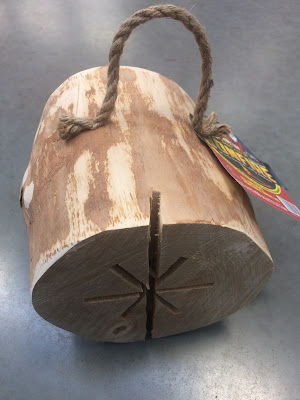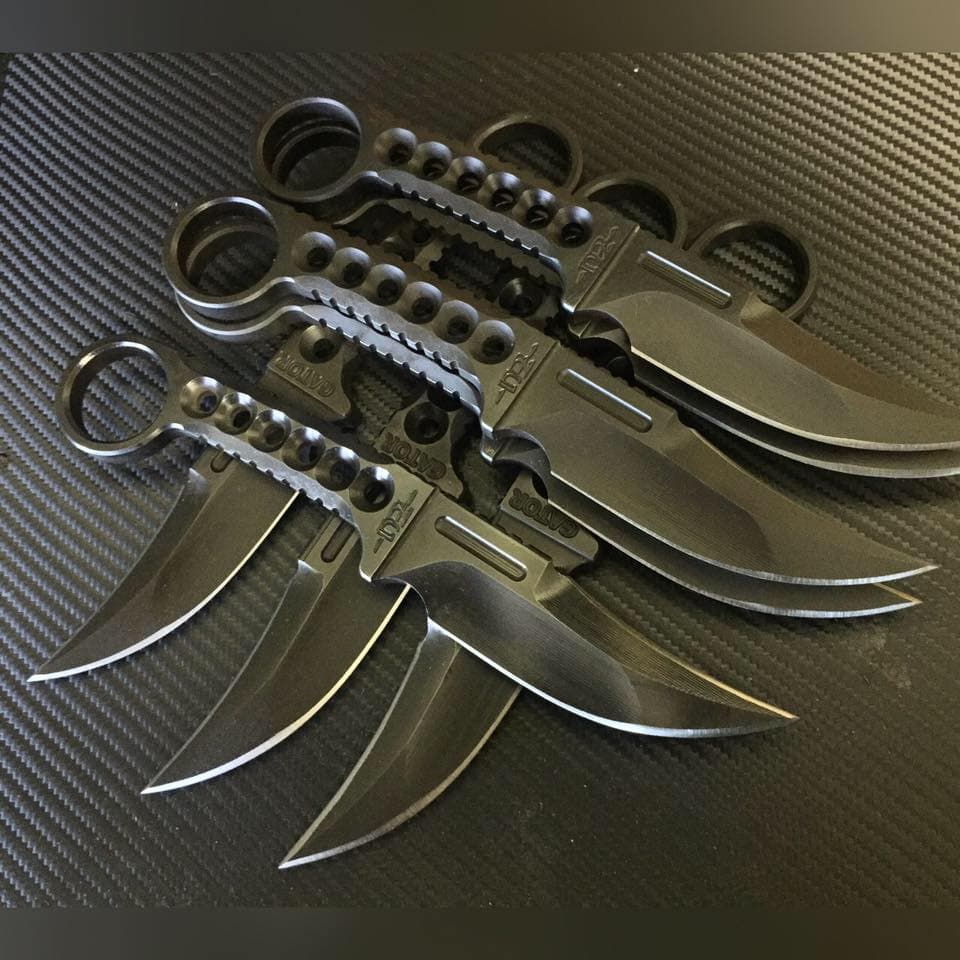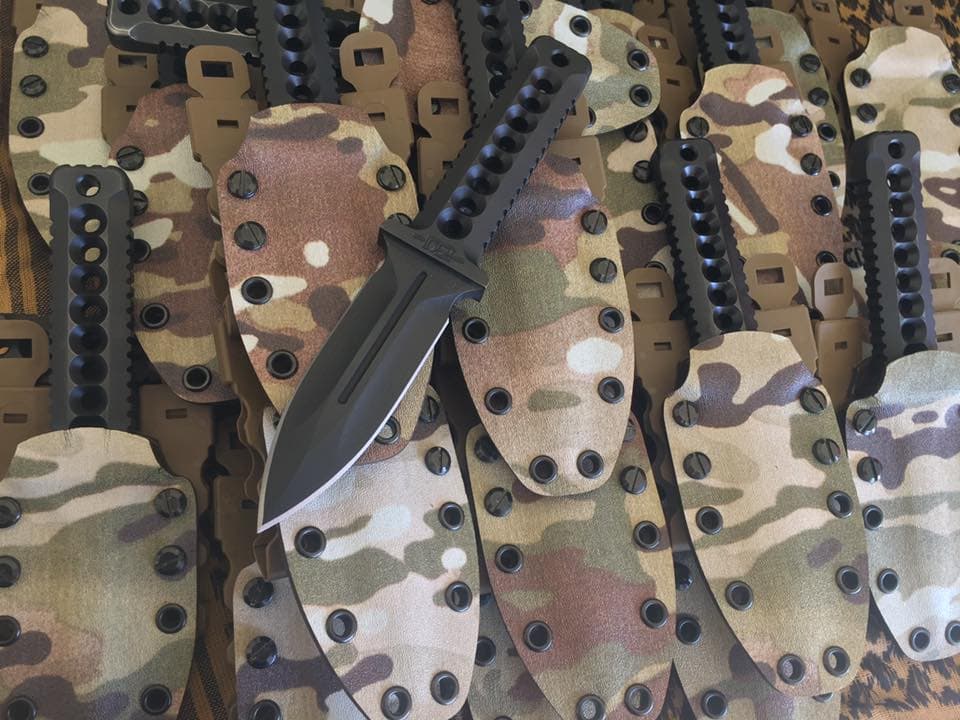
When it comes to fires, we have many traditional options available from: gas, charcoal, heat beads, and wood. Apart from gas, lighting a fire can be tricky and time consuming. I like to use off-cuts and dead-fall whenever possible, and heat-beads to cook on, and reclaimed timber as firewood. In getting a fire going, the use of everyday firelighters although cheap, sometimes produce fumes or smoke that isn't pleasant. Also you can only use them once.
I believe I have located something that is a cheap, cost effective, eco-friendly alternative. A clean burning reusable firelighter combined with
methylated spirits that burns odorless and can be used again and again. These are the
EverFire fire-starting system. They can not only used as a fire lighter, you can use them to cook a meal with no other fuel source. Just place them on a solid non-flammeable surface light them up and place your pan right on top.

The EverFire bricks are made from a 100% natural mineral which is used in various industries and it's totally environmentally friendly.
The bricks are soaked in a liquid accelerant and lit. The creators recommend methylated spirits or ethanol as it is clean burning, with no fumes or smoke emitted while burning. Otherwise you may use any accelerant of your choice, but always be cautious and store in container of choice in a safe location out of the reach of children.
Watch their accelerant tests.
The bricks are then lit with match or lighter and the fuel burns. Burn time for metho is normally 10-12 minutes. When cooking only with EverFire firelighters by placing the pot or pan directly onto the firelighters you can increase the burn time to around 17-20 minutes.

I've found by the firelighters' third use it will give the longest burn time. Burning itself in and having its "pores" burnt clean of the manufacturing process I believe.
After many uses the firelighters will eventually break down back into their natural form. All you need to do is crumble them up and place in your garden as it is very good for your soil and plants.
After their full burn time, and after 15-20 minutes cooling-down, it can be returned to a fuel bath and recharged. The big ones use between 50-70ml per charge. The small ones between 25-50ml. If you remove the firelighter from the fire and put out with a damp cloth, you will use less than a complete burn. Cooling the bricks reduces the thermal shock they experience when dropping into fuel, thus reducing the risk of cracking and becoming less effective. That said the makers suggest hat even cracked they will function effectively.

I found that a single EverFire brick, soaked with methylated spirits was not only hot enough and long lasting a burn enough to send my Fire Box stove red hot but also boil enough water to make two cups of tea and toast some mini-hot-dogs, as well as starting a fire to make lunch on.
For the purposes of domestic fireplace use, its possible to leave the bricks in the fire until it's died and then retrieve them for recharging, to no ill effect. In some scenarios if it is easy to remove, you can do so. This will increase the overall life of the bricks. In closed fires like Coonaras, or other enclosed indoor fires, you can ease he retrieval process by starting the fire with the firelighters towards the front of the fire. After about 15-20 minutes of fire-starting, just remover firelighter and place somewhere safe to cool.

Once cold return to storage container and recharge for next time. The creators suggest they will last for 30+ fire before they are at risk of cracking and crumbling, but this may vary with use. They seem pretty hardy to me and if treated gently, I can't imagine them just falling apart.

A question came up about dousing the EverFire bricks, should the need arise, and what happens if they get wet or are submerged/dropped in water? smothering with damp cloth should be sufficient to extinguish a metho fueled brick, but if it comes to pass that a brick is submerged in water, thy will absorb it, reducing its effectiveness. However correction this is as simple as returning the brick to it's recharging station and soaking it in fuel. Letting it soak for about 30 minutes. Remove the brick, light it and let it burn out, repeat this process a couple of times and the EverFire brick will steam off any absorbed water will be as good as new again.

In all Webers, fire pits, BBQs, Spits, open fires, or anywhere you need to light wood, heat beads, charcoal, or even to use by themselves to cook or create a heat source. As well as a heat source and limited light source, they can be used as a mosquito repellent by adding a few drops of citronella oil to the metho it is fueled by. Multi-function is huge selling point in my books.
The EverFire brick can be cut and trimmed by hacksaw cutting, should the need arise. The bricks themselves are surprisingly light, even when soaked. Jeff the creator suggested pre-soaking the bricks in metho and then bagging them individually before putting into a tub for transport. A small bottle of fuel can be brought along for on the fly recharges but three pre-primed bricks gives a lot of burn-time ready to go. I did so on a recent hiking trip and we had hotdogs and tea on a windy bench and minimal weight addition. The standard sized bricks weigh only 100g but the larger jumbo bricks weigh 250g and both absorb more fuel and burn longer. Three individually bagged bricks, and a lighter fit nicely in a take-away tub, and seal in any fuel vapors nicely.

EverFire sells their blocks in three sets:
Combo 3: 500g containing 2 large bricks and 1 standard brick. Also a handy storage container for the firelighters.
Standard 5: 500g containing 5 standard bricks. Also a handy storage container for the firelighters.
Jumbo 5: 1250g containing 5 large bricks. Also a handy storage container for the firelighters.
I found these to be easy to use, kid and pack-safe, light and handy fire starters as well as a novel stand alone fire source. Methylated spirits are a cheep, safe and easy to manage fuel. My thanks to Jeff for the free sample pack. I can see these becoming a staple of my camping and backyard firepit kit.


















































